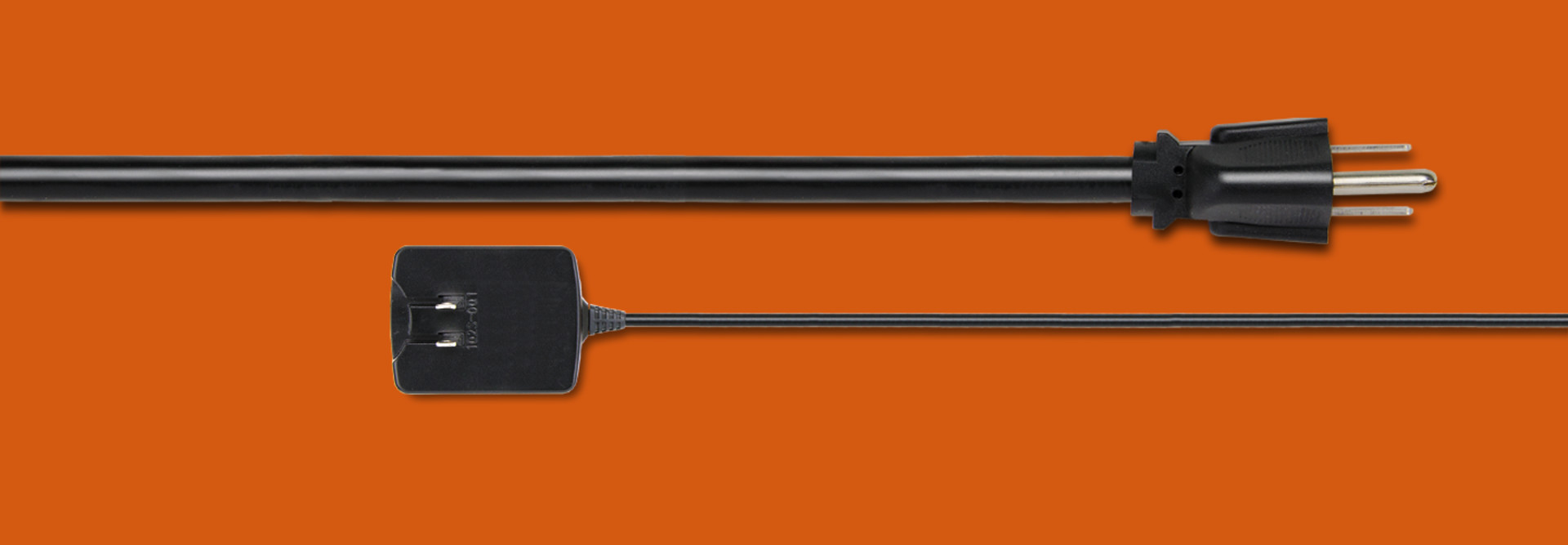Better Power Management Could Help IT Save the Day
Power protection in federal data centers is well understood, but it’s also something IT managers may easily overlook as an opportunity to reduce costs during data center overhauls.
As agencies virtualize servers and shift applications to the cloud, the importance of maintaining stable and consistent power within the data center grows.
Agencies must make smart choices when it comes to uninterruptible power supplies (UPSs), battery technology, server configuration and power distribution, to maintain uptime while saving on both capital and operational expenses.
Start with the Right Size
UPSs play a crucial role in bridging the gap between utility power and onsite power generation. When an outage occurs, the UPS needs to keep the data center running until the generators kick in and are able to take on the full power load. That typically takes one to five minutes.
Select a UPS that can handle five minutes of runtime for the maximum power load anticipated over the next five to seven years, but nothing more. Large multiagency hosting centers that can predict capacity requirements and location may want to look further into the future, but that can have its disadvantages.
The number of kilowatt-hours used by U.S. data centers in 2013 — enough to power every home in New York City, twice
SOURCE: Natural Resources Defense Council, “America’s Data Centers Consuming and Wasting Growing Amounts of Energy,” February 2015
Rightsizing means choosing something that’s not too small and not too large: A too-small UPS is an obvious problem, but one that is too big wastes much-needed capital and operational funds.
All online UPSs inevitably waste power, but the greater the gap between UPS capacity and power demand, the more waste in each month’s power bill. Inefficiency in the UPS results in other costs: additional heat, which must be removed from the data center through the HVAC system, and additional battery maintenance, which costs money, creates unnecessary toxic waste and brings its own uptime risks.
Take Advantage of Power Management
Enterprise-class servers from major vendors all feature hardware power management capabilities — if you turn them on. You can’t assume that power management is enabled without first checking the basic input/output system. Power management can range from the mundane (such as the slowing of fans to match thermal requirements) to more sophisticated tasks (such as changing the speed of individual components as loads drop).
Load management is not just for servers, however. Modern networking equipment from leading vendors includes power trimming for inactive ports and hibernation for Power over Ethernet equipment.
For departments powering PoE phones from smart switches, overall power consumption (and the associated thermal dissipation) can be cut in half — or more — with minimal configuration or change to normal operations.
Smart IT managers will investigate and activate power management wherever possible to lower their operating costs.
Capitalize on Virtualization
Modern virtualization platforms integrate tightly with server resource management and can yield dramatic power savings, especially in data centers with high day/night power use cycles.
When properly configured, a virtualization management system will migrate virtual machines to the minimum number of servers required and power down unused hosts with little noticeable effect for end users. IT managers with large virtualization farms can tap those features to cluster active systems together, freeing up extra resources for periods of hibernation.
While worth the effort, such features are more complicated than on/off switches. Servers usually need lights-out management capabilities, and a homogeneous farm of servers behaves better than one with a variety of system types; however, the payoff can prove substantial to organizations with many rarely used VMs.
Let Smart UPSs Make You Smarter
A new generation of UPSs makes power management smarter, with separate management systems, network connectivity and the ability to send alerts on everything from battery condition to system status.
That functionality allows IT managers to replace batteries when needed instead of on a fixed schedule, stretching capital and operational dollars while reducing risk.
In environments where generators do not back up UPSs, such as remote wiring closets or branch offices, smart UPS load shedding can shut down noncritical equipment when no utility power is available, extending system reliability.









